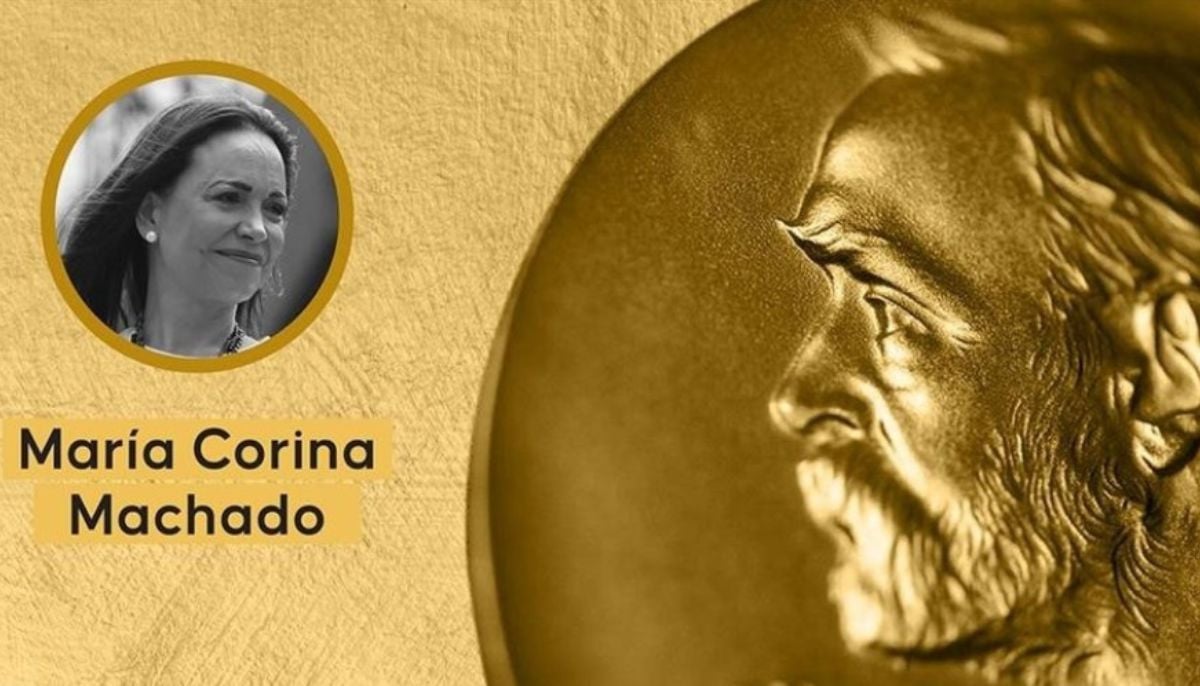Nasa directed to give moon its own standard time
The Coordinated Lunar Time will help improve navigation and conduct future space missions
In a bid to set worldly norms beyond the boundaries of Earth, the White House's Office of Science and Technology Policy (OSTP) has directed Nasa to create a unified standard time for moon and other celestial bodies, The Guardian reported.
It will be known as Coordinated Lunar Time (LTC).
As per Albert Einstein's theory of general relativity, time is dependent on gravity. Where gravity is strong, time passes slowly. This is also known as time dilation.
Gravity is the strongest near the centre of Earth, and it is weaker near moon, thus time moves faster there — 58.7 microseconds every day compared to Earth.
According to Kevin Coggins, Nasa's top communications and navigation official: "An atomic clock on the moon will tick at a different rate than a clock on Earth."
As more and more space missions are being conducted, the White House has instructed Nasa to work with other departments to deliver a time-standard strategy by the end of 2026.
This will not only improve navigation but also help successfully conduct future missions to mars and other planets.
Steve Welby, Deputy Director for National Security said: "The new standard will focus on four features: traceability to UTC, accuracy sufficient to support precision navigation and science, resilience to loss of contact with Earth, and scalability to environments beyond cislunar space."
-
81-year-old Florida woman arrested after chilling murder plot
-
Nobel foundation reaffirms its core responsibility to ‘safeguard the dignity of the Nobel Prizes’
-
Queens mother arrested after abducting child from court-ordered visit
-
Kentucky grandmother arrested after toddlers with broken skulls, ribs
-
Cheaper cars, fewer EVs: Trump administration shifts ‘auto policy’ focus
-
European leaders slam Trump’s tariff threat over Greenland as ‘unacceptable’
-
Nova Scotia snow storm warning issued as heavy snow moves in
-
Trump warns of new tariffs for countries opposed to Greenland takeover











